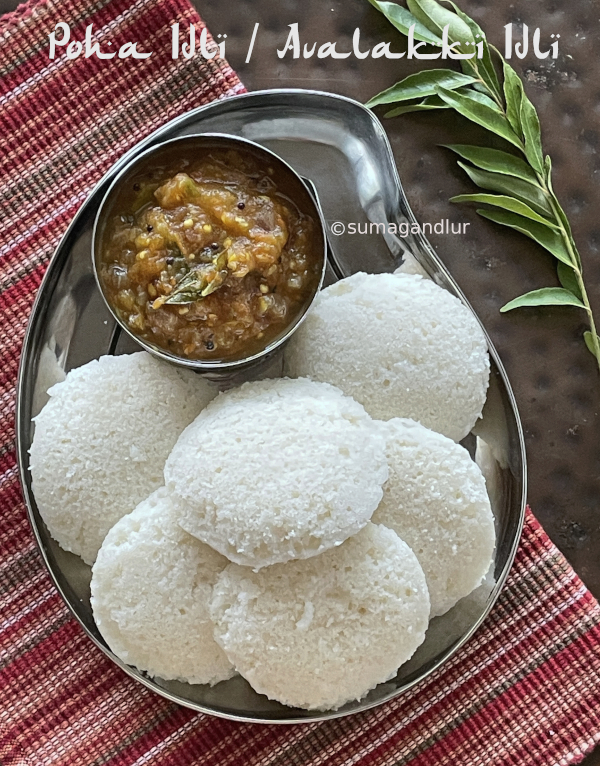Maduros
Maduros are fried sweet plantains that are prepared throughout Latin America and Caribbean regions. Basically ripe plantains are sliced and fried in oil until golden and cooked through and are served as a side dish. These are made with very ripened plantains but not the firm green colored plantains and are very delicious to snack on. The unripe, green ones are more suited to make yummy chips or one more yummy snack, the twice fried tostones / patacones.
In case ripened plantains are not readily available at your local stores, buy green plantains and leave them outside refrigerator a few days to ripen. Plantains soften and develop more sugar as they turn yellow and then black eventually. Plantain that has a dull yellow color with black patches / spots or almost black are used to make maduros. Very ripe plantains yield really sweet maduros but I used that have not yet turned dark which yield a little starchy and not too sweet maduros.
Ingredients:
Ripened plantains
Neutral oil to fry (I used canola oil.)
Salt (optional)
Directions:
* Chop the ends of the plantain and cut a slit along the length of plantain, avoiding cutting into the flesh. Remove the peel by pulling it sideways than lengthwise. Or use a peeler instead if not comfortable using a knife to peel. Chop plantains into one inch thick diagonal slices.

* Heat about 1/8 inch oil in a wide pan / skillet over medium heat. There is no need to bring the oil to a smoking point. Gently drop a plantain piece and see whether it bubbles vigorously. If it does then the oil is ready to fry. Otherwise, heat the oil some more. Once the oil is ready, add the plantain slices, as many as the pan can fit without overcrowding.

* Fry the plantain pieces until they start to lightly brown. Lower the heat and continue to cook, turning them occasionally, until they turn deep golden brown. (Lowering the heat is important since the plantains can burn / brown quickly without getting properly cooked.)

* Transfer them to a paper towel lined plate / tray. Sprinkle with salt / sugar if desired and serve them warm.
In case ripened plantains are not readily available at your local stores, buy green plantains and leave them outside refrigerator a few days to ripen. Plantains soften and develop more sugar as they turn yellow and then black eventually. Plantain that has a dull yellow color with black patches / spots or almost black are used to make maduros. Very ripe plantains yield really sweet maduros but I used that have not yet turned dark which yield a little starchy and not too sweet maduros.
Ingredients:
Ripened plantains
Neutral oil to fry (I used canola oil.)
Salt (optional)
Directions:
* Chop the ends of the plantain and cut a slit along the length of plantain, avoiding cutting into the flesh. Remove the peel by pulling it sideways than lengthwise. Or use a peeler instead if not comfortable using a knife to peel. Chop plantains into one inch thick diagonal slices.

* Heat about 1/8 inch oil in a wide pan / skillet over medium heat. There is no need to bring the oil to a smoking point. Gently drop a plantain piece and see whether it bubbles vigorously. If it does then the oil is ready to fry. Otherwise, heat the oil some more. Once the oil is ready, add the plantain slices, as many as the pan can fit without overcrowding.

* Fry the plantain pieces until they start to lightly brown. Lower the heat and continue to cook, turning them occasionally, until they turn deep golden brown. (Lowering the heat is important since the plantains can burn / brown quickly without getting properly cooked.)

* Transfer them to a paper towel lined plate / tray. Sprinkle with salt / sugar if desired and serve them warm.
This post is an entry for Blogging Marathon and check the link to find out what other marathoners are cooking.
Comments























